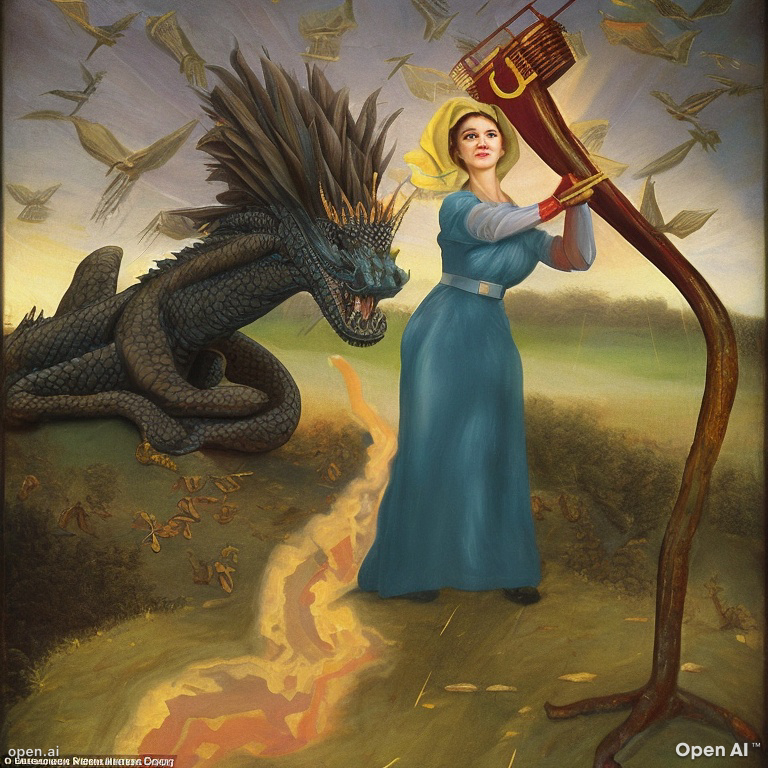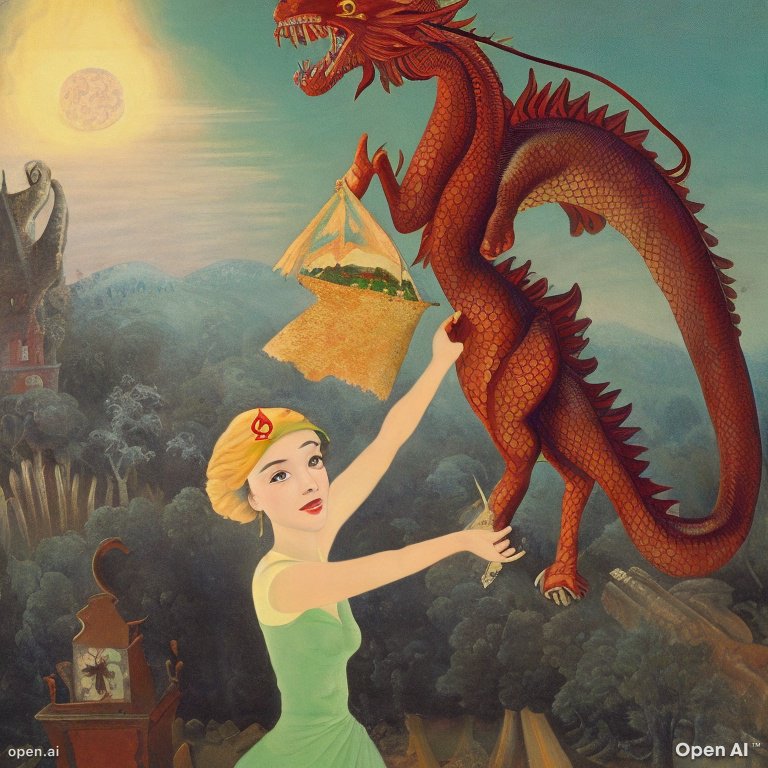Dragons and their Origins: From Fairy Tales to Eco-consciousness

Dragons have captivated our imagination for centuries, with their majestic presence and fierce disposition. The origin of dragons, which are mythical creatures can be traced back to the ancient civilizations of Mesopotamia, China, and Egypt, where they were revered as symbols of wisdom, power, and protection. Over time, dragons have become an integral part of folklore and mythology, transcending cultural boundaries and enthralling generations with their mystique.
Dragons in Eastern and Western Mythology
In Eastern mythology, dragons are often depicted as benevolent, wise, and auspicious creatures. The Chinese dragon, or 'Long,' represents prosperity, good fortune, and imperial authority. Similarly, Japanese dragons, known as 'Ryū' or 'Tatsu,' are also symbols of power and wisdom.
In contrast, Western dragons are typically portrayed as ferocious, fire-breathing monsters that wreak havoc and hoard treasures. In European folklore, these dragons often symbolize chaos, destruction, and the untamed forces of nature.
Dragon Encounters in Fairy Tales
Dragons have left an indelible mark on the world of fairy tales, with their awe-inspiring presence and epic battles. Here are some of the most memorable dragon encounters in popular fairy tales:
- Saint George and the Dragon: In this classic tale, Saint George, a valiant knight, rescues a princess from the clutches of a fearsome dragon. He slays the beast and saves the kingdom, becoming a symbol of courage and heroism.
- The Two Brothers: A Grimm Brothers tale where two siblings embark on a quest to save a princess from a menacing dragon. They overcome numerous obstacles and, with the help of a magical bird, defeat the dragon and rescue the princess.
- The Voyage of Maelduin: In this Celtic legend, the hero Maelduin and his crew encounter various fantastical creatures during their journey, including a monstrous fire-breathing dragon. Maelduin bravely confronts the dragon, driving it away and protecting his crew.
- The Dragon and His Grandmother: Another story from the Grimm Brothers, this narrative follows three soldiers who make a pact with a dragon in exchange for victory in battle. Eventually, with the help of the dragon's wise grandmother, they outwit the dragon and break free from the bargain.
- The Princess, the Dragon, and the Wood Chipper: A contemporary fairy tale where dragons are dipicted as part of the natural ecosystem and the protagonist, a princess named Isabella, must solve a mystery related to dragon poaching.
The Enduring Allure of Dragons

The fascination with dragons transcends time and culture, as these mythical creatures continue to capture our imagination. They embody the struggle between good and evil, chaos and order, and symbolize the human quest forknowledge, power, and triumph over adversity. From ancient mythology to modern pop culture, dragons have found a permanent place in our collective consciousness.
In today's digital age, dragons have transitioned from folklore and fairy tales to the realm of video games, movies, and television shows. Franchises like 'Game of Thrones' and 'The Hobbit' have brought dragons to life on-screen, sparking renewed interest in these enigmatic creatures and their symbolic significance.
Dragons in Literature and Art
Dragons have also inspired countless authors and artists throughout history, resulting in an abundance of literary and artistic works that showcase these mystical beings. From the ancient Chinese scroll paintings depicting the Long to the intricate dragon illustrations in medieval European manuscripts, dragons have been a popular subject for creative expression.
In literature, dragons have featured prominently in epic poems, novels, and children's books. From the ferocious Smaug in J.R.R. Tolkien's 'The Hobbit' to the wise and kind-hearted dragons in Cressida Cowell's 'How to Train Your Dragon' series, authors have used dragons to explore themes of courage, friendship, and the human condition.
The Symbolism of Dragons in Modern Culture
In contemporary culture, dragons continue to hold symbolic importance. They often represent strength, power, and wisdom, making them popular choices for logos, mascots, and tattoos. Many people are drawn to the majestic and awe-inspiring nature of dragons, which has led to a growing subculture of dragon enthusiasts who collect dragon-themed memorabilia, participate in dragon-inspired events, and engage in online communities centered around these legendary creatures.
Dragons in the Future
As our fascination with dragons endures, it is likely that these mythical creatures will continue to feature prominently in the stories we tell and the art we create. As technology advances, we can expect new and innovative ways to bring dragons to life, be it through immersive virtual reality experiences, holographic displays, or cutting-edge animatronics. However, in stories where dragons are depicted as rare, endangered species, they can also represent the delicate balance of our planet's ecosystems and the urgent need to protect them. By highlighting the impact of human activities on dragon populations, these narratives can raise awareness about the devastating consequences of habitat destruction, pollution, and climate change on countless species, including our own.
The enduring appeal of dragons lies in their versatility as symbols and their ability to captivate our imagination. From their ancient origins to their prevalence in fairy tales and modern culture, dragons have transcended time and geography to become a universal symbol of power, wisdom, and wonder. As we continue to explore the rich tapestry of dragon mythology and its impact on our lives, we are reminded of the timeless power of storytelling and its ability to shape our understanding of the world. Regardless of how they're used in storytelling, the enchanting world of dragons will continue to evolve, igniting our imaginations and fueling our creative endeavors for generations to come.
Conclusion
Dragons continue to captivate audiences with their intricate blend of mystique, power, and wisdom. From their ancient origins in Mesopotamia, China, and Egypt to their prominent roles in fairy tales and contemporary media, these mythical creatures have left an indelible mark on human culture. As we explore the enchanting world of dragons, we are reminded of the timeless allure of storytelling and the profound impact of myths on our understanding of the world around us.